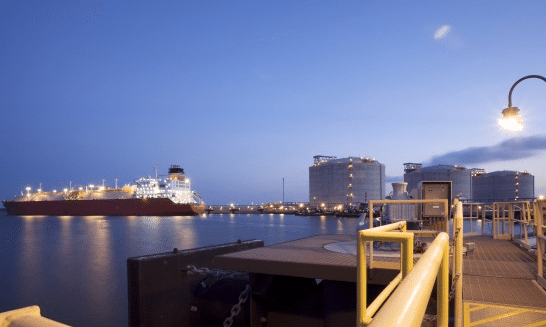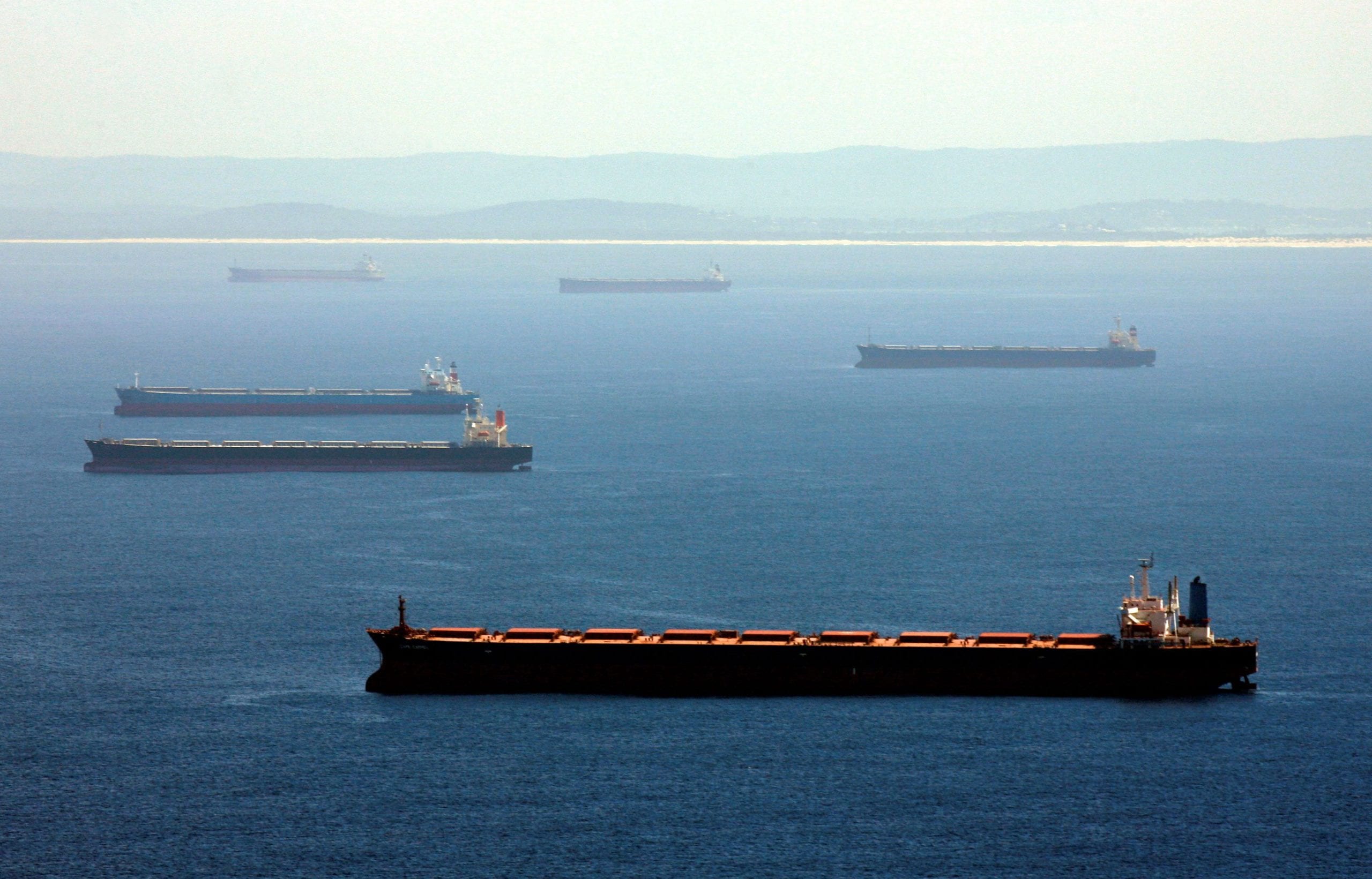Image (c) Sempra Energy
By Brian Wingfield
April 30 (Bloomberg) — Sempra Energy’s plan to export liquefied natural gas won’t cause major environmental damage, a U.S. regulator said, adding support for lawmakers seeking to speed fuel shipments and cut Russia’s grip on European supplies.
The staff of the U.S. Federal Energy Regulatory Commission found Sempra’s proposed Cameron LNG export facility in western Louisiana “would result in some adverse environmental impact; however, those impacts would not be significant,” according to an executive summary posted today. The commission is set to issue a final decision on the project by late July.
If approved, Cameron would be the second export terminal to pass the FERC’s review. Cheniere Energy Inc.’s Sabine Pass project won approval in April 2012, after clearing a similar environmental review.
The FERC environmental review “represents a significant milestone that moves our Cameron LNG liquefaction-export project another step closer to breaking ground later this year,” Sempra LNG President Octavio M.C. Simoes said today in a statement.
Democrats and Republicans in Congress have pushed to expedite approval of liquefied natural gas export terminals to send the fuel to Europe and reduce its reliance on Russia’s energy supplies after it annexed Ukraine’s Crimea region last month. In addition to the FERC-led environmental review, the projects need Energy Department approval to ship to nations without a free-trade agreement with the U.S.
Landrieu Praise
“I commend FERC for releasing this report on time” and “call on it to issue final approval for the project as soon as possible,” Senate Energy and Natural Resources Committee Chairman Mary Landrieu, a Louisiana Democrat, said in a statement.
Landrieu said the terminal will create jobs in her state, give U.S. exports access to new markets and “position America as an energy super power.”
The Cameron project, which may cost as much as $10 billion, won Energy Department backing in February. It’s scheduled to begin liquefying gas in late 2017 and be fully operational by 2018, according to San Diego-based Sempra.
Joint Ownership
The company owns 50.2 percent of the facility, which will be able to export 1.7 billion cubic feet of the fuel per day. France’s GDF Suez and Japan’s Sumitomo Mitsui Financial Group Inc. each own a 16.6 percent stake. A joint venture of Tokyo- based Mitsubishi Corp. and Nippon Yusen K.K. owns the remaining 16.6 percent.
The 28-nation European Union gets about a third of its natural gas from Russia through a web of pipelines that cross nations including Ukraine, according to the Congressional Research Service.
The Energy Department has approved seven applications to export the fuel, is reviewing 24 with at least 12 projects still to be reviewed.
Shipments from most terminals probably won’t begin until “pretty late in the decade,” Energy Secretary Ernest Moniz said at an April 23 conference in Washington. The Cheniere project, also in Louisiana, is scheduled to begin exporting fuel in late 2015, according to the company.
Copyright 2014 Bloomberg.

 Join The Club
Join The Club











